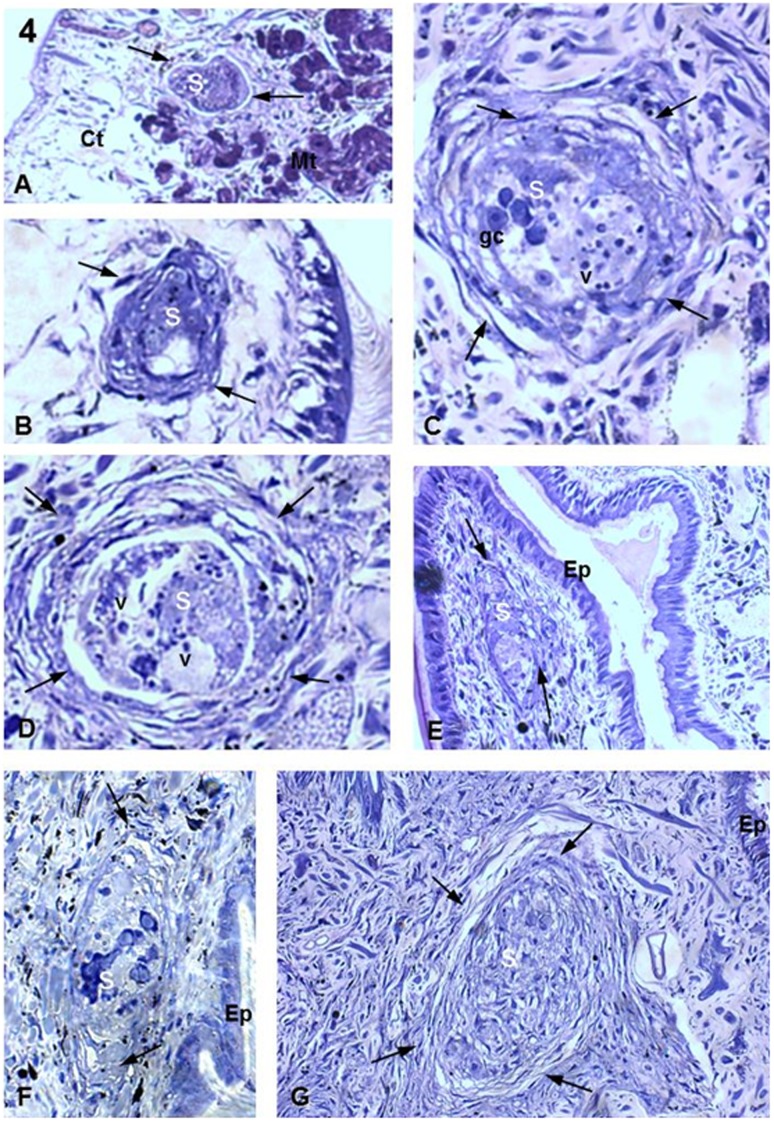Figure 4. Biomphalaria tenagophila Taim strain infected with S. mansoni.
(A) 1 h after infection, showing one sporocyst (S) between the connective (Ct) and muscular (Mt) tissues. There is already a small concentration of fibrous cells around the parasite (arrows). Magnification 20X. (B) 5 h after infection. Image of one S surrounded by a few fibrous cells (arrows) but already showing expressive morphological damage. Magnification 40X. (C,D) 5 h after infection. Large magnification views of S showing several dense layers of fibrous cells (arrows), indicating the strong cellular response from the snail tissue. The parasite morphology is still preserved at this stage, as granular cells (gc) and vesicles (v) can be seen. Magnification 40X. (E) 10 h after infection. S with little cellular response (arrows). The S is found near the area of penetration and there are no changes in the surface of the epithelium (Ep). Magnification 40X. (F) 10 h after infection. There is formation of a thick layer around the extremities of the parasite (arrows). The S is damaged and is located near the area of penetration of the Ep. The cellular response is not as strong as that shown in (C). Magnification 40X. (G) 10 h after infection. The S is completely destroyed and surrounded by several layers of fibrous cells (arrows) but remains close to the Ep. Magnification 40X.

